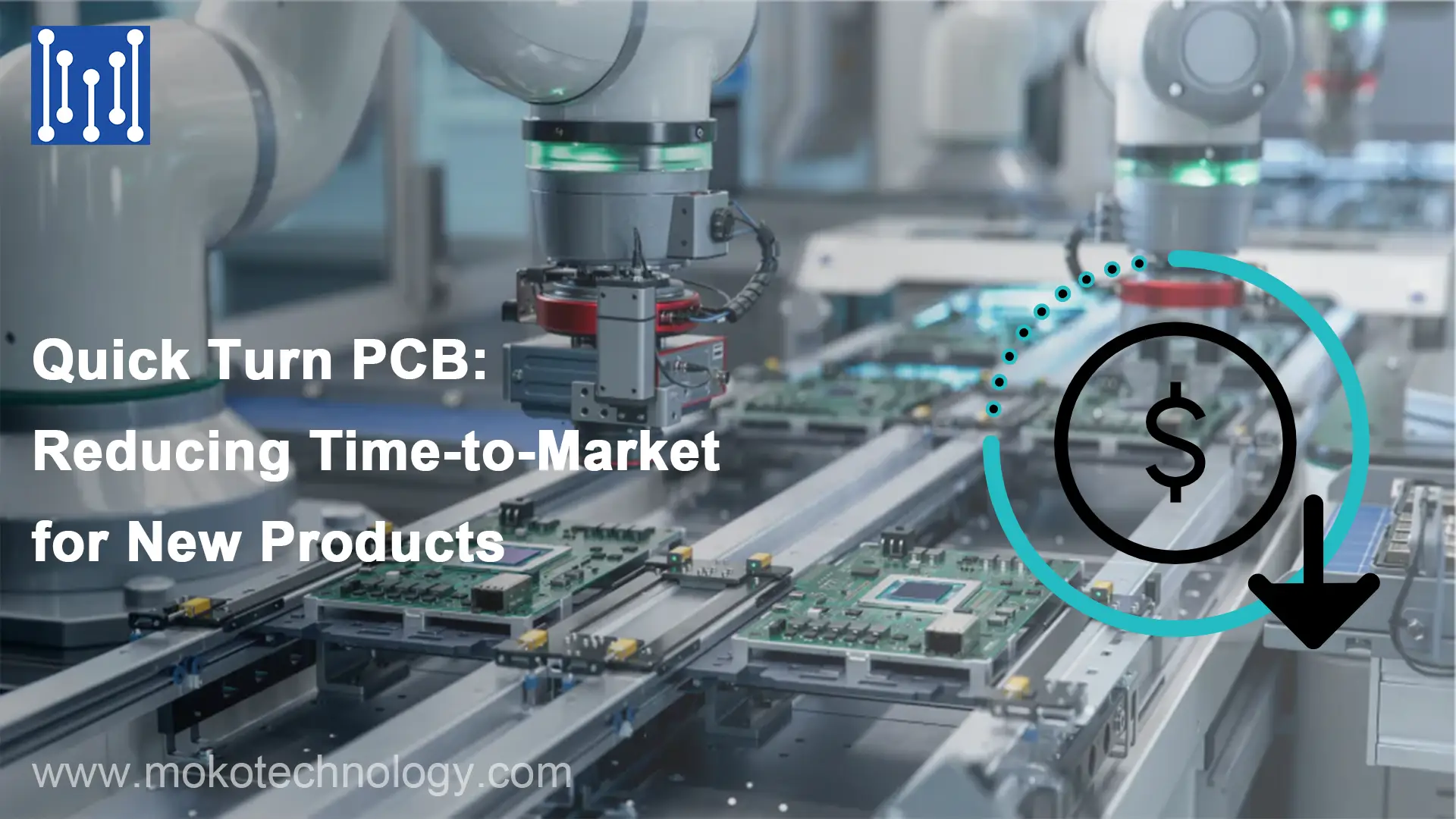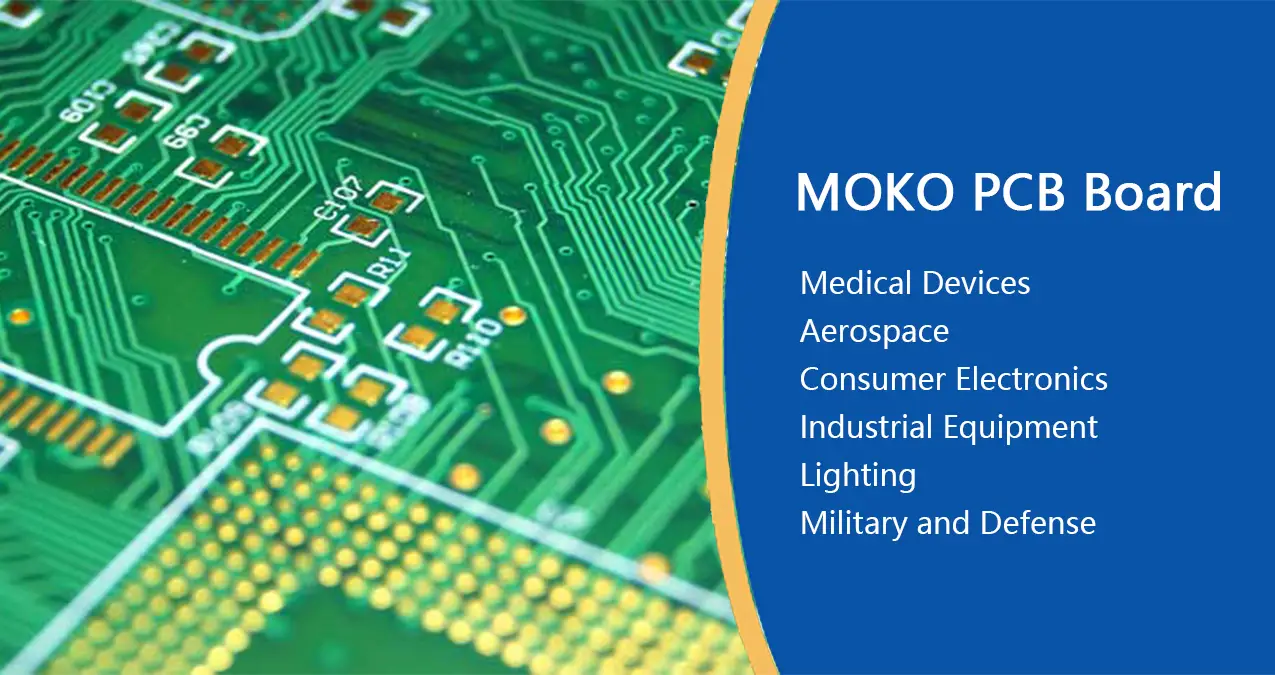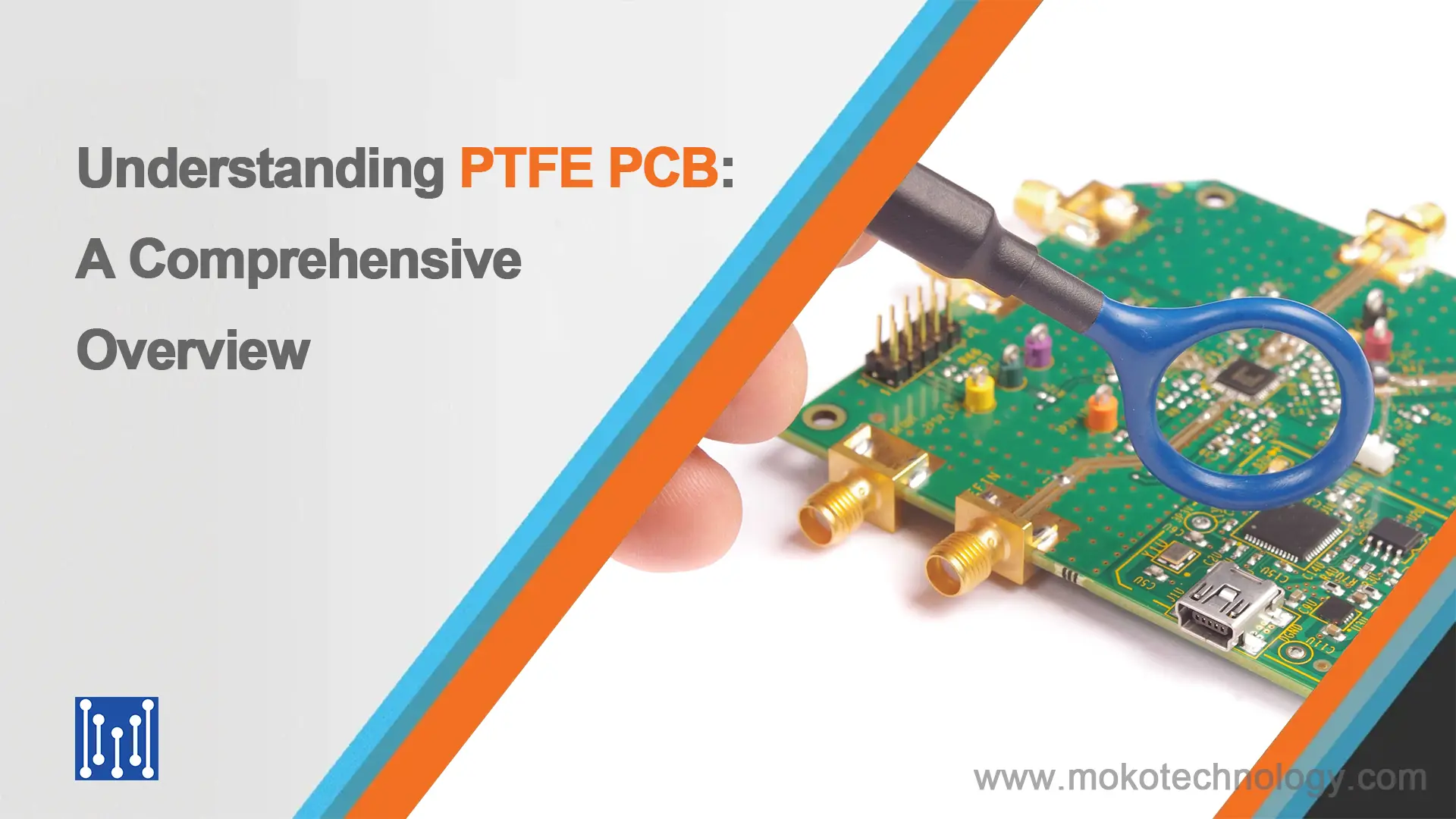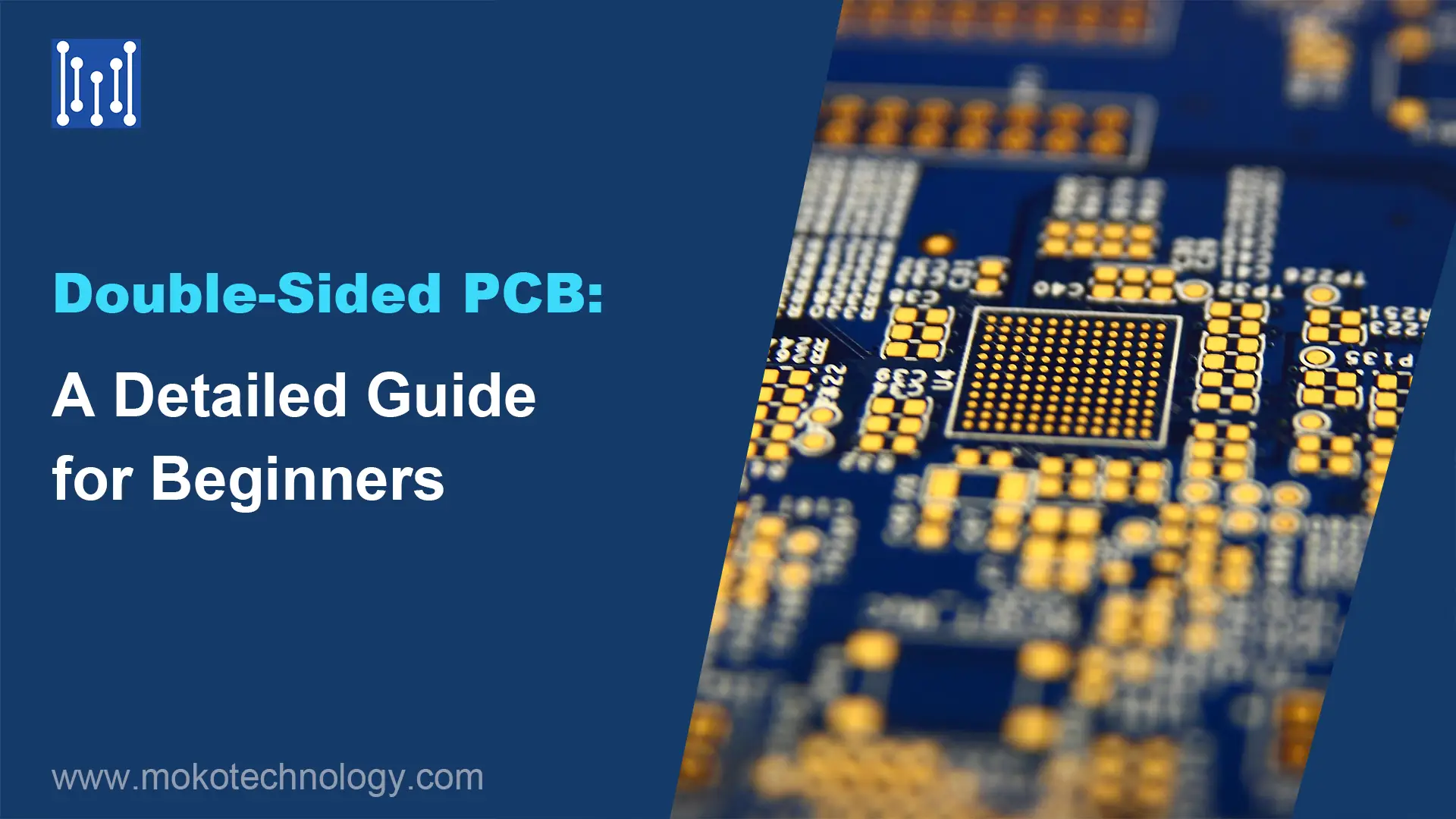Getting new products to market quickly is critical for success in today’s fast-paced technology environment. Lengthy design and manufacturing cycles can mean lost revenue and missed opportunities for both hardware startups and established companies. This is where quick turn PCB can provide a competitive advantage by dramatically reducing time-to-market for new products.
A quick turn PCB provides engineers and product developers with the ability to rapidly prototype and iterate on their printed circuit board designs. By utilizing specialized manufacturers that focus on expedited fabrication and assembly, functional boards can be delivered in just a few days rather than the weeks or months of traditional PCB production.
What Is a Quick Turn PCB?
A quick turn PCB follows the same design and manufacturing process as a standard PCB. The key difference is the accelerated schedule which quick turn assembly houses are able to achieve through optimized workflows. These providers maintain additional capacity and streamlined procedures specifically for fast-turn orders.
Quick turn PCBs are most commonly used for prototyping during the design phase of a new product. Validating the design early on allows engineers to detect and correct errors prior to full-scale production. However, quick turn PCBs can also serve as small production runs for niche products or temporary solutions during times of high demand.
Benefits of Quick Turn Circuit Boards
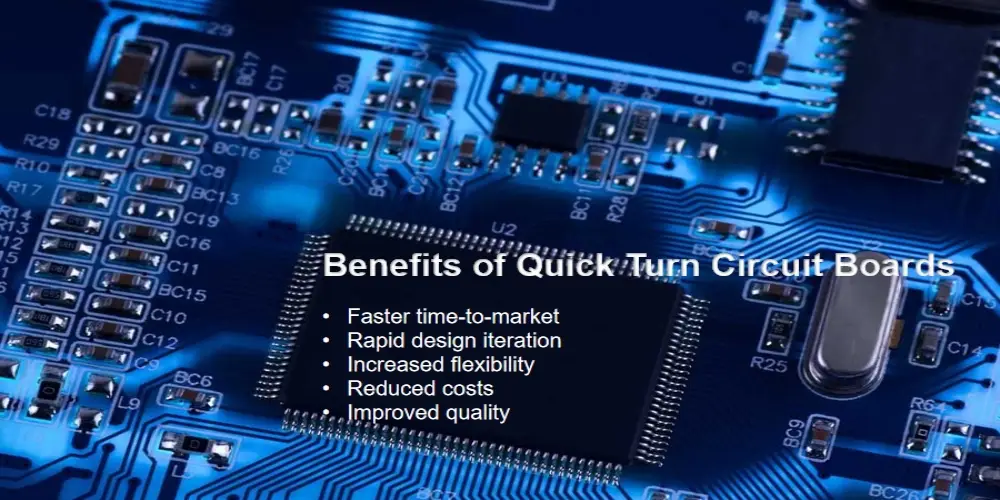
- Faster time-to-market
The primary benefit of quick turn PCBs is the ability to have functioning prototypes built in a matter of days. For products with short lifecycles, losing weeks in manufacturing delays can be disastrous. Quick turn services greatly accelerate ramping up production.
- Rapid design iteration
Having prototypes fabricated quickly allows for more design iterations to be completed during product development. As errors or limitations are found, fast board turns permit revisions to be tested rapidly.
- Increased flexibility
The compressed lead times of quick turn PCB services provide greater adaptability to change. Design modifications and performance enhancements can be implemented faster throughout the prototyping phase.
- Reduced costs
While per-unit costs are typically higher for quick turn PCBs, being able to identify and resolve issues early on avoids costly redesigns later in the development cycle. The total cost savings often outweigh the premium fees.
- Improved quality
Having prototypes in hand early allows more time for comprehensive testing and qualification. Quick turn PCBs empower engineers to refine and polish products prior to high volume manufacturing.
Main Factors Affect the Delivery Time of Quick Turn PCB
- Materials
The delivery time would be lengthened if some materials are out of stock. Therefore, collaborating with manufacturers on material planning is important. And confirming the bill of materials(BOM) early allows assemblers to source any long lead-time parts needed.
- Via types
Different types of vias necessitate specific manufacturing processes. Laser drilling is essential for blind, buried, and micro vias. Each blind and buried via involves a lamination cycle, and laser drilling, lamination, and plating processes add to the production duration. Additionally, filling vias is a meticulous task, requiring the absence of voids or air bubbles, and they must be plated over meticulously.
Further reading: Blind Via & Buried Via: What’s the Difference?
- Surface finish
Surface finishing is a procedure that demands a significant amount of time during PCB manufacturing. The two widely employed coatings are HASL and ENIG. And different finishes require different processing times. HASL typically requires approximately 15-20 minutes, whereas ENIG takes about 90-120 minutes on average.
- Manufacturing process
Different manufacturing processes, such as surface mount technology (SMT) or through-hole technology (THT), these 2 PCB assembly techniques have different production times. Generally speaking, SMT assembly is faster than THT assembly.
- Quality Control
In the PCB industry, adherence to specific standards is imperative. Rigorous testing and inspection processes are essential to guarantee quality and reliability. And the choice of standards your PCB needs to comply with can significantly impact the delivery time.
Quick Turn PCB Prototype
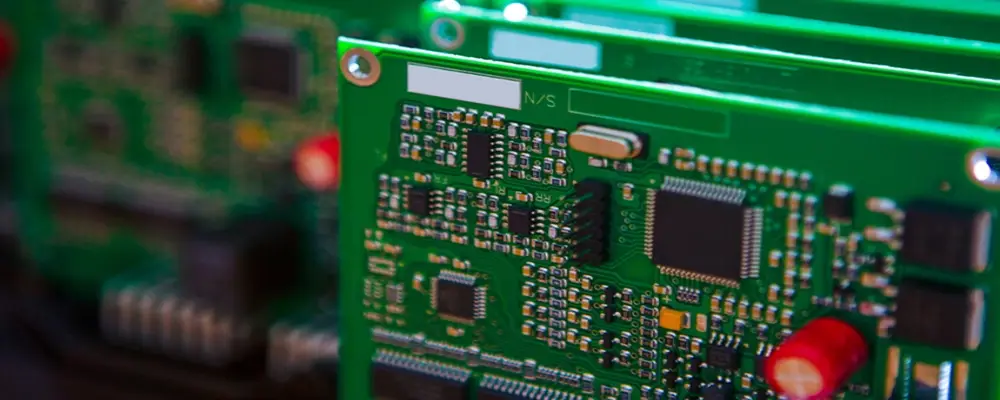
The primary function of a quick turn PCB prototype is to validate the proposed design works as intended before full production. Multiple inexpensive and fast quick-turn iterations enable thoroughly testing different design variations to catch issues early. In addition, prototypes facilitate optimizing the schematics, layout, components, and operating parameters to perfect the design upfront before large investments in fabrication for production.
Quick turn PCB prototyping accelerates the following key steps:
Schematic capture – The circuit is designed digitally using CAD tools like OrCAD or Altium. Simulations verify operation before fabrication.
PCB layout – The board outline is created and component footprints are placed. Traces are routed between pads respecting design rules. Complexity ranges from 2-layer to high-density multilayer boards.
Fabrication – Raw PCB panel materials like FR-4 go through processes like drilling, metallization, photolithography, etching, and finishing to produce bare boards.
Assembly – This involves soldering components onto the boards, a process carried out either manually or with SMT pick-and-place machines and reflow ovens. These methods ensure precise placement of small chips with high accuracy.
Testing – Bare boards are electrically tested before assembly. Fully assembled PCBs undergo functional validation testing, environmental stress screening, and QA inspection.
Quick turn services shrink the fabrication and assembly timelines from weeks or months down to just days. This enables rapid design iterations to quickly test changes, catch issues early, and improve performance faster.
Quick Turn PCB Assembly
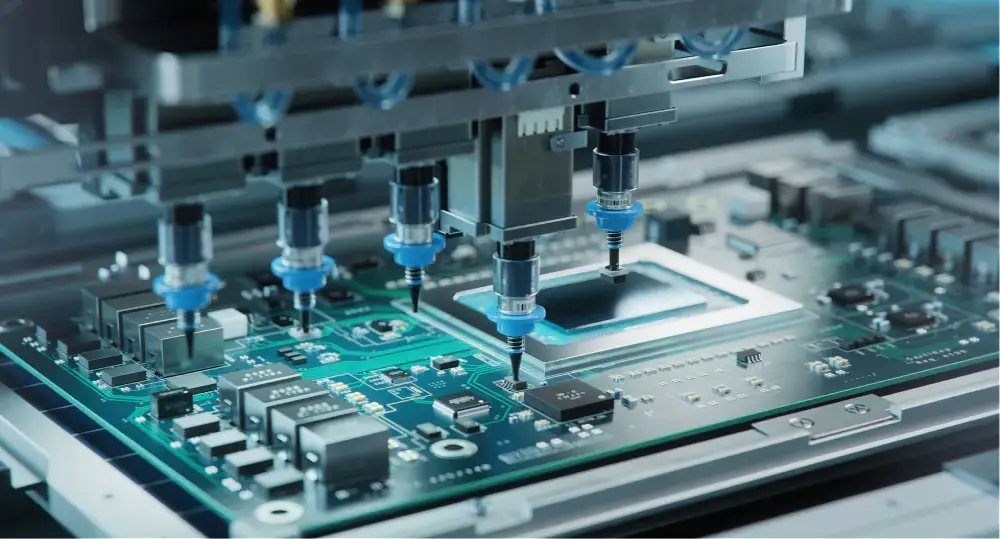
The accelerated schedules of quick turn PCB assembly are achieved by:
Keeping additional inventory of common components to prevent material shortages.
Utilizing advanced SMT equipment optimized for fast set ups and changeovers between small batches.
Having dedicated staff focused exclusively on expediting quick turn orders.
Establishing efficient processes for post-assembly testing, inspection, and delivery.
Assembly technology options include:
SMT only – Ideal for high complexity boards with predominantly tiny surface mount parts. High automation level.
Through-hole only – Suited for simple, low component count boards. Quicker manual assembly.
Mixed SMT and through-hole – Provides flexibility to use both tiny SMT and larger through-hole parts on the same board.
Choosing a Trusted Quick Turn PCB Manufacturer
Not all quick turn PCB fabricators are created equal. Several criteria should be evaluated when selecting a quick turn supplier:
Proven fast turn capabilities – Ask prospective vendors to demonstrate experience delivering similar designs within aggressive lead times.
High mix/low volume expertise – The processes for fast prototypes differ greatly from high volume production. Opt for those focused on low/medium volumes.
Design rule flexibility – Some quick turn fabs enforce conservative design rules that may restrict certain features. Look for fewer limitations.
Available certifications – If manufacturing standards like ISO-9001 compliance are required, confirm prospective vendors satisfy all mandatory certifications.
Communication and support – Through the back-and-forth of prototypes, continuous communication and strong customer support are vital. Ensure partners provide excellent accessibility.
Final Thoughts
For companies seeking to accelerate time-to-market for new products, quick turn PCB services are an indispensable tool. The expedited fabrication and assembly schedules empower dramatic reductions in development cycles. This speed is critical for both startups and established brands competing in fast-moving industries.
In addition, working with a reliable PCB manufacturing partner is of vital importance. MOKO Technology has nearly 20 years of experience in PCB design and PCB fabrication, we can understand your needs well and carry out the project fast. Contact us to get more information about our quick turn PCB service!
